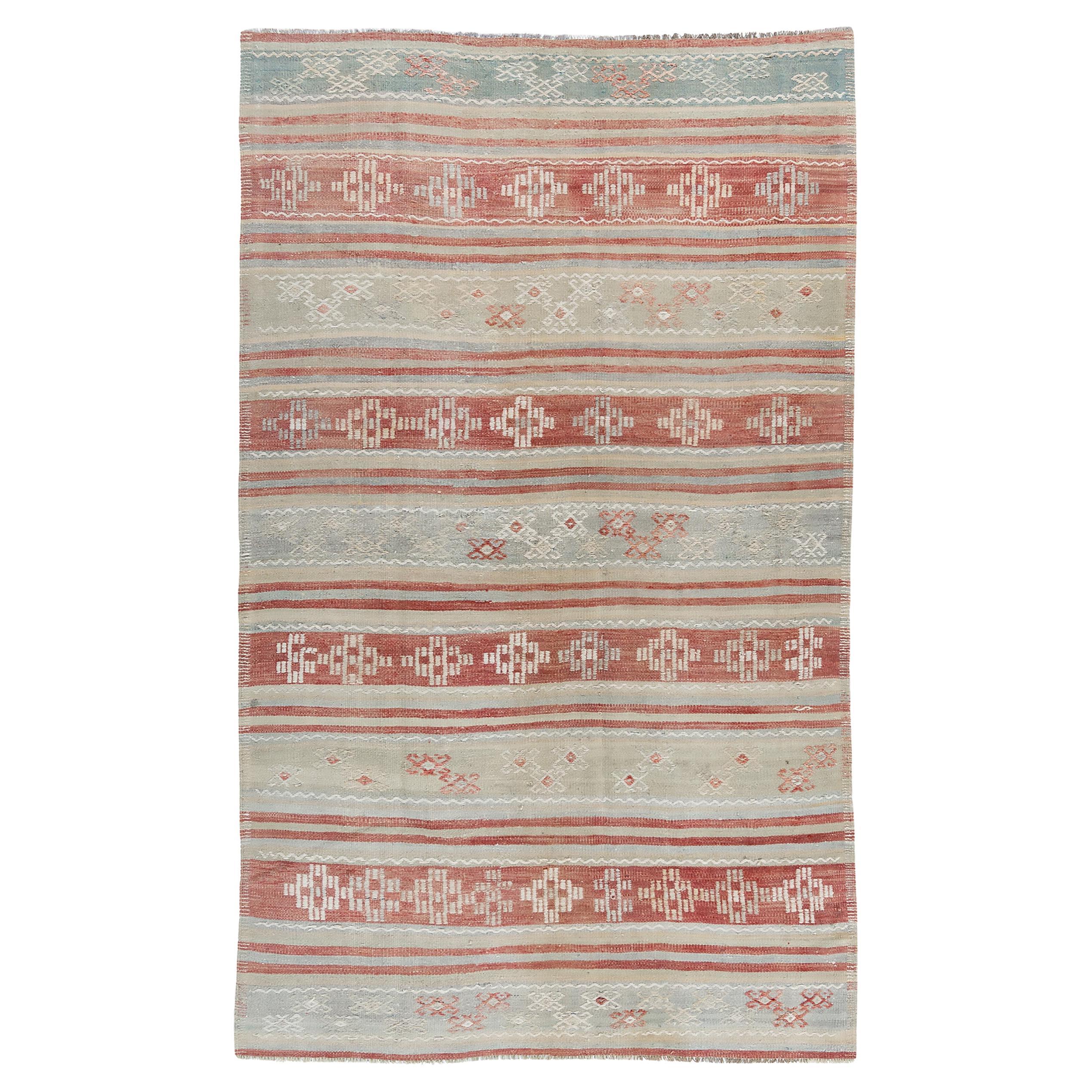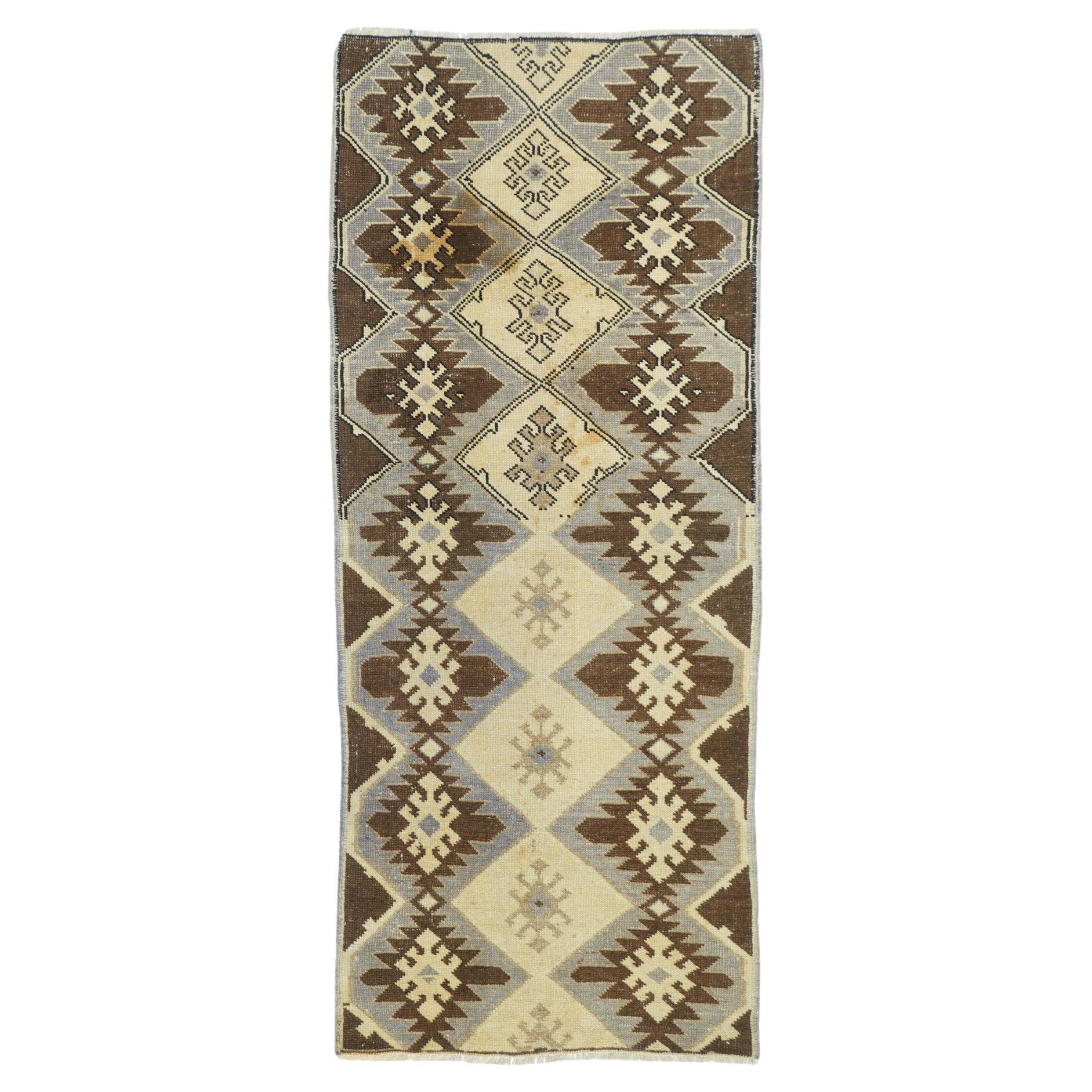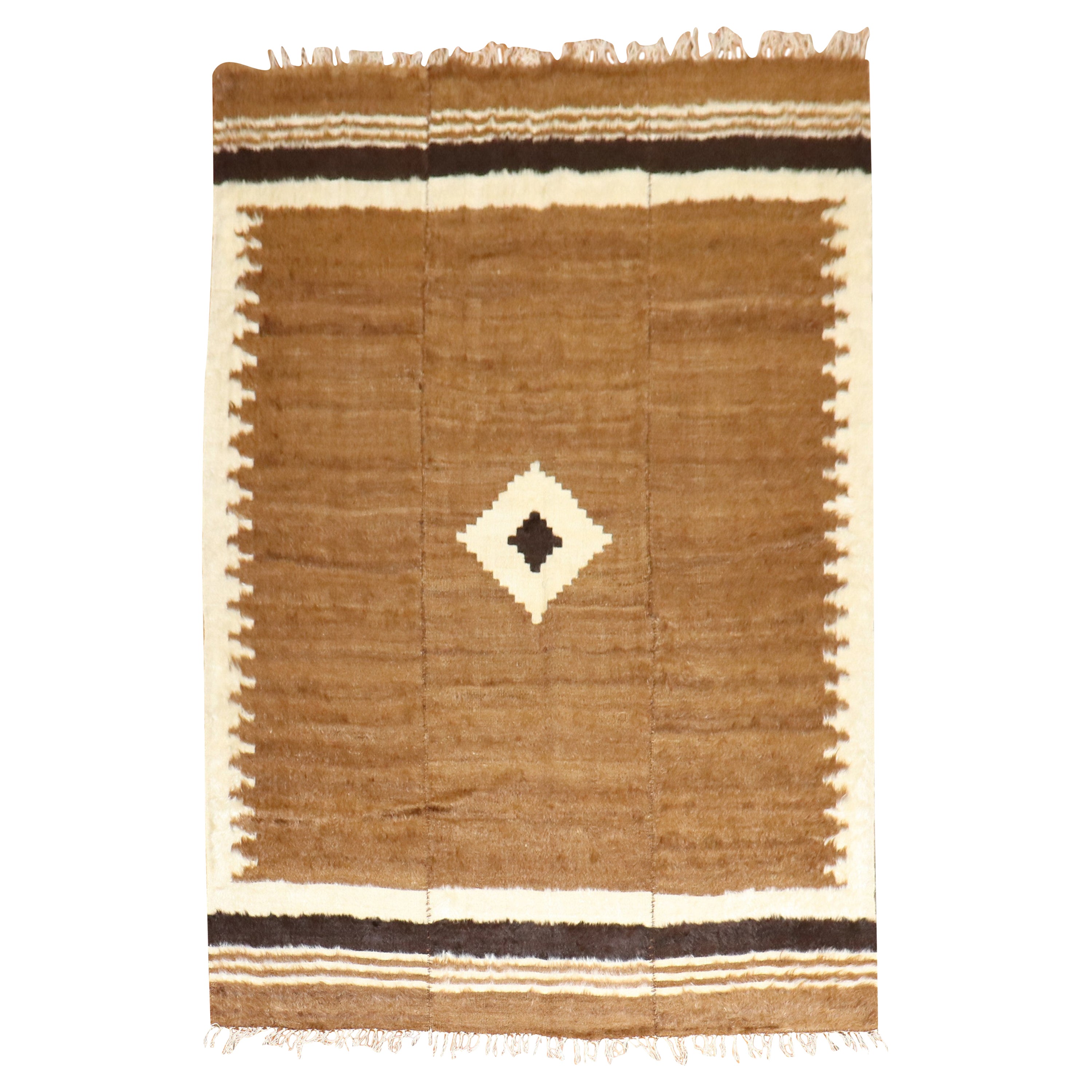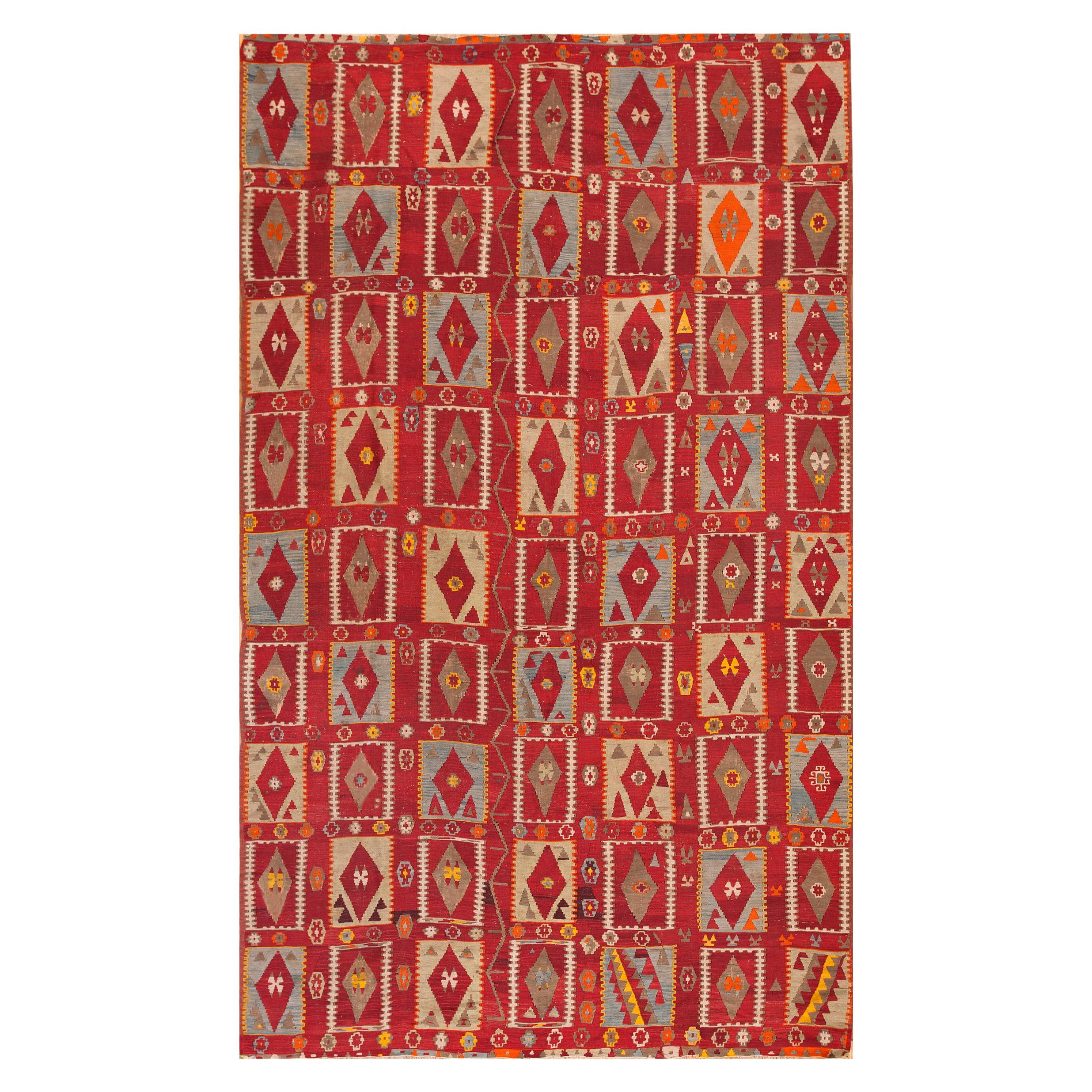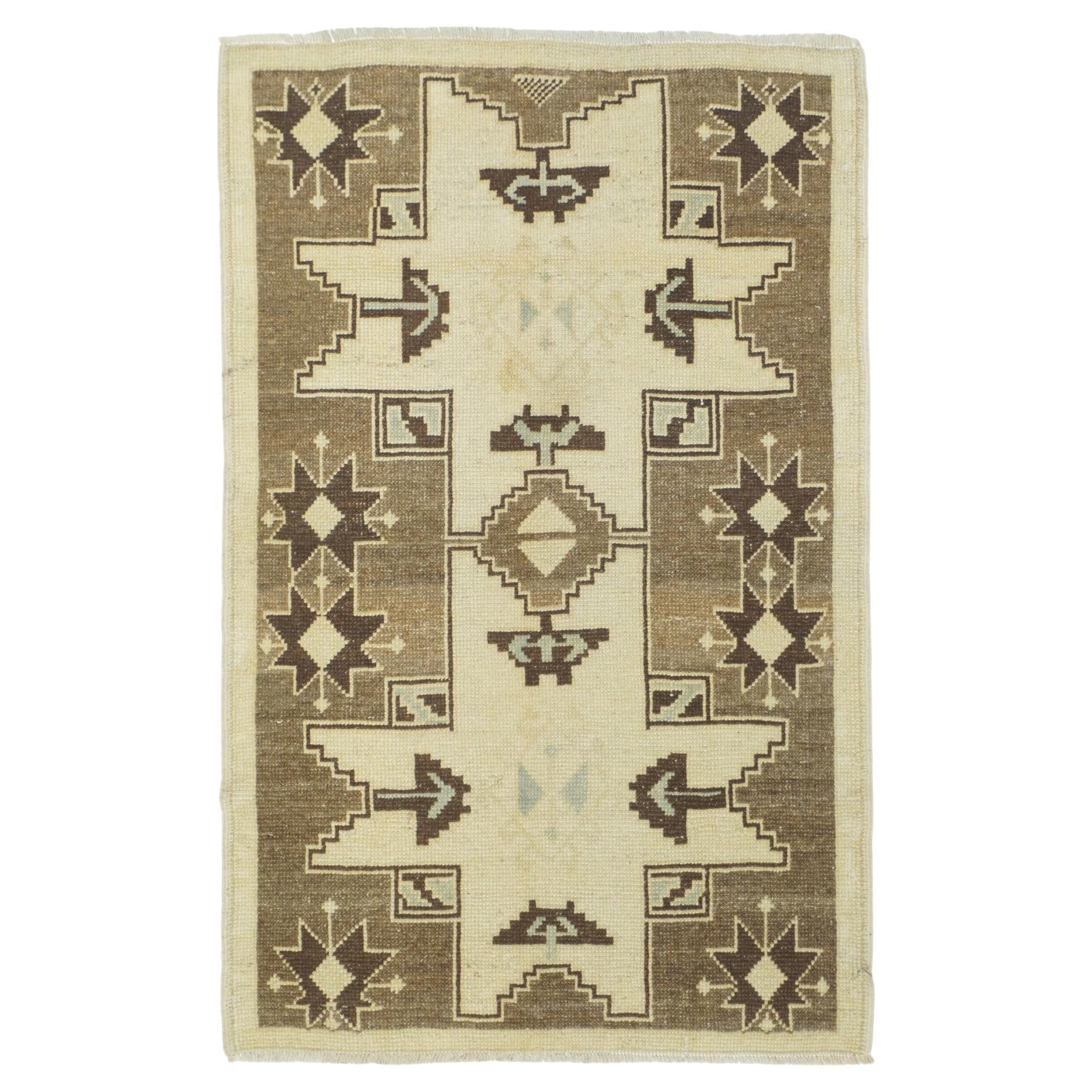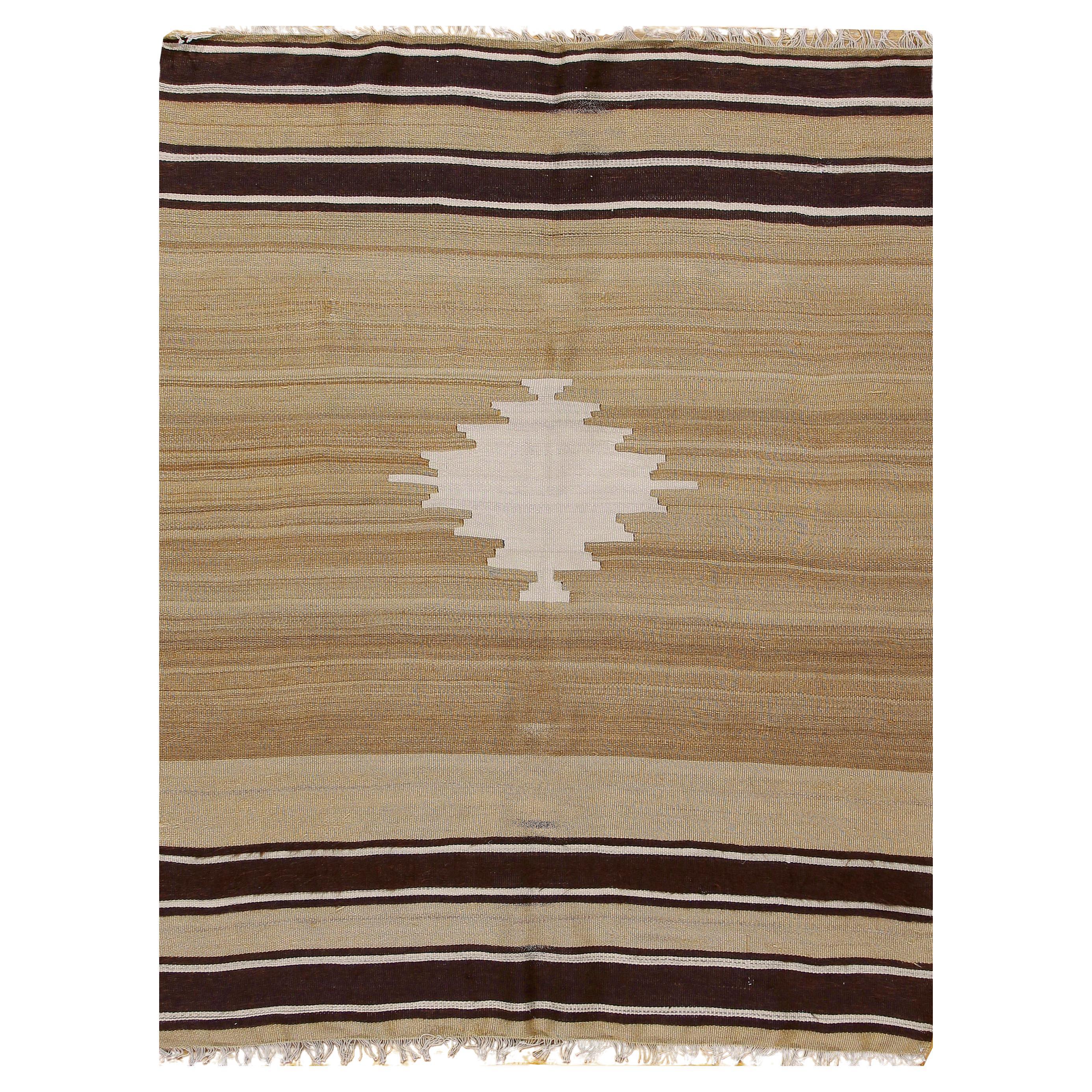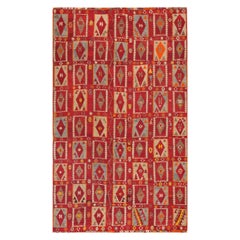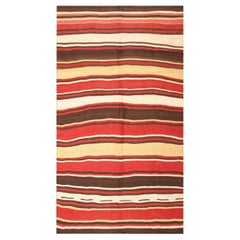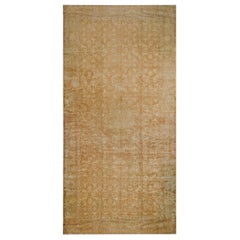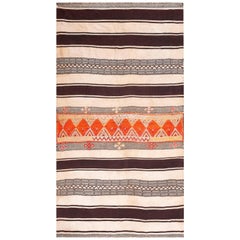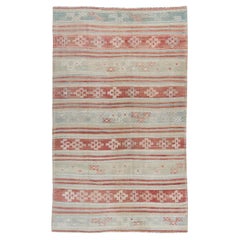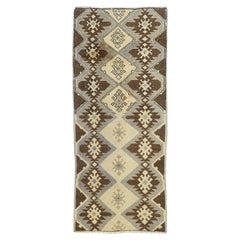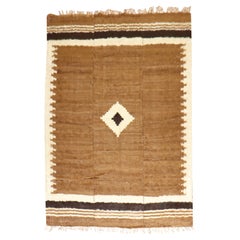Items Similar to Early 20th Century Turkish Mohair Flat-Weave ( 4'3" x 6' - 130 x 183 )
Want more images or videos?
Request additional images or videos from the seller
1 of 13
Early 20th Century Turkish Mohair Flat-Weave ( 4'3" x 6' - 130 x 183 )
$2,700
£2,038.79
€2,349.48
CA$3,810.85
A$4,201.37
CHF 2,198.02
MX$51,543.04
NOK 27,668.75
SEK 25,874.66
DKK 17,546.01
About the Item
Early 20th Century Turkish Mohair Flat-Weave ( 4'3" x 6' - 130 x 183 )
About the Seller
4.8
Gold Seller
Premium sellers maintaining a 4.3+ rating and 24-hour response times
Established in 1995
1stDibs seller since 2019
431 sales on 1stDibs
Typical response time: 1 hour
- ShippingRetrieving quote...Shipping from: New York, NY
- Return Policy
Authenticity Guarantee
In the unlikely event there’s an issue with an item’s authenticity, contact us within 1 year for a full refund. DetailsMoney-Back Guarantee
If your item is not as described, is damaged in transit, or does not arrive, contact us within 7 days for a full refund. Details24-Hour Cancellation
You have a 24-hour grace period in which to reconsider your purchase, with no questions asked.Vetted Professional Sellers
Our world-class sellers must adhere to strict standards for service and quality, maintaining the integrity of our listings.Price-Match Guarantee
If you find that a seller listed the same item for a lower price elsewhere, we’ll match it.Trusted Global Delivery
Our best-in-class carrier network provides specialized shipping options worldwide, including custom delivery.More From This Seller
View AllEarly 20th Century Turkish Oushak Flat-Weave ( 6'6" x 11' - 198 x 335 )
Located in New York, NY
Early 20th Century Turkish Oushak Flat-Weave
6'6" x 11' - 198 x 335
Category
Antique Early 1900s Turkish Turkish Rugs
Materials
Wool
Early 20th Century N.W. Persian Flat-Weave ( 6' x 10'8" - 183 x 325 )
Located in New York, NY
Early 20th Century N.W. Persian Flat-Weave ( 6' x 10'8" - 183 x 325 )
Category
Antique Early 1900s Persian Persian Rugs
Materials
Wool
Early 20th Century Turkish Sivas Carpet ( 11' x 22'8" - 335 x 690 )
Located in New York, NY
Early 20th Century Turkish Sivas Carpet ( 11' x 22'8" - 335 x 690 )
Category
Vintage 1910s Turkish Turkish Rugs
Materials
Wool
Early 20th Century Moroccan Mixed Technique Flat-Weave & Pile carpet (5'4"x9'6)
Located in New York, NY
Early 20th Century Moroccan Mixed Technique Flat-Weave & Pile carpet
This is a flat weave ivory and brown striped Moroccan Kilim rug. The piece was handmade with fine wool in the 19...
Category
Vintage 1930s Moroccan Moroccan and North African Rugs
Materials
Wool
19th Century Afghan Maimana Flat-weave Carpet ( 5'9" x 13'6" - 175 x 412 )
Located in New York, NY
19th Century Afghan Maimana Flat-weave Carpet ( 5'9" x 13'6" - 175 x 412 )
Category
Antique 1890s Afghan Central Asian Rugs
Materials
Wool
Mid-19th Century Turkish Anatolian Flat-Weave ( 5' x 10'8" - 152 x 325 )
Located in New York, NY
Mid-19th Century Turkish Anatolian Flat-Weave ( 5' x 10'8" - 152 x 325 )
Category
Antique 1850s Turkish Turkish Rugs
Materials
Wool
You May Also Like
Vintage Turkish Flatweave Jajim Area Rug 5'3 X 9'1
Located in New York, NY
Vintage Turkish Flatweave Jajim Area Rug 5'3 X 9'1. The Jajim (cecim) technique is followed in Turkey, Persia and the Caucasus and consists o...
Category
20th Century Turkish Turkish Rugs
Materials
Wool
Vintage Turkish Rug 2'6'' x 6'4''
Located in New York, NY
Vintage Turkish Rug 2'6'' x 6'4''. The carpets, scatters, runners, long rugs and bags of the towns, villages and tribes of Anatolia, including: Oushak, Ghiordes, Kula, Ladik, Hereke,...
Category
Mid-20th Century Turkish Turkish Rugs
Materials
Wool
Turkish Mohair Rug
Located in New York, NY
A mid-20th century one-of-a-kind Turkish Sirt rug woven with mohair wool. These pieces are inspired by traditional tribal weaving's but they are used mostly for decorative purposes a...
Category
Mid-20th Century Turkish Mid-Century Modern Turkish Rugs
Materials
Mohair, Wool
Vintage Turkish Rug 2'10'' x 4'4''
Located in New York, NY
Vintage Turkish Rug 2'10'' x 4'4''. The carpets, scatters, runners, long rugs and bags of the towns, villages and tribes of Anatolia, including: Oushak, Ghiordes, Kula, Ladik, Hereke...
Category
Mid-20th Century Turkish Turkish Rugs
Materials
Wool
Vintage Tan Turkish Mohair Rug 4'2 x 5'4
Located in New York, NY
4'2 x 5'4. Hand Woven using Mohair Wool which creates a wonderful texture and feel. Colors: camel/brown/ivory.
Category
20th Century Turkish Turkish Rugs
Materials
Wool
Sirt Vintage Turkish Rug
Located in New York, NY
A mid-20th century one of a kind Turkish Sirt rug woven with mohair wool. These pieces are inspired by traditional tribal weaving's but they are used mostly for decorative purposes a...
Category
Mid-20th Century Turkish Mid-Century Modern Turkish Rugs
Materials
Mohair, Wool
